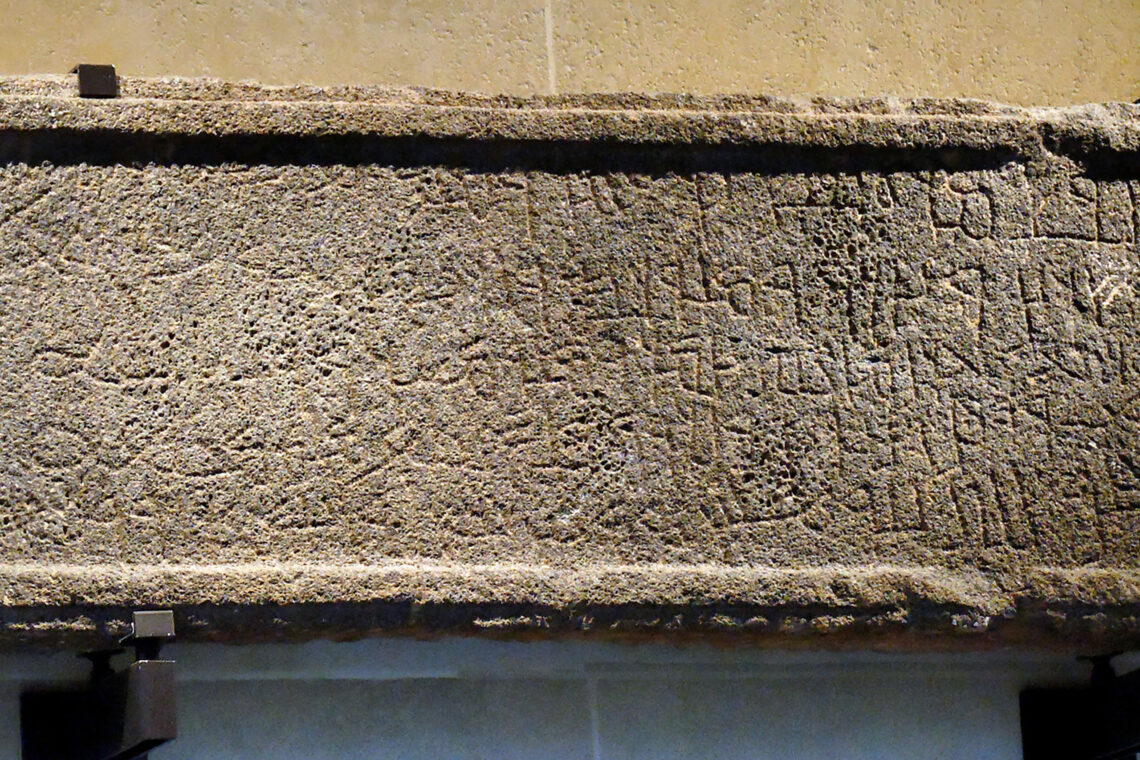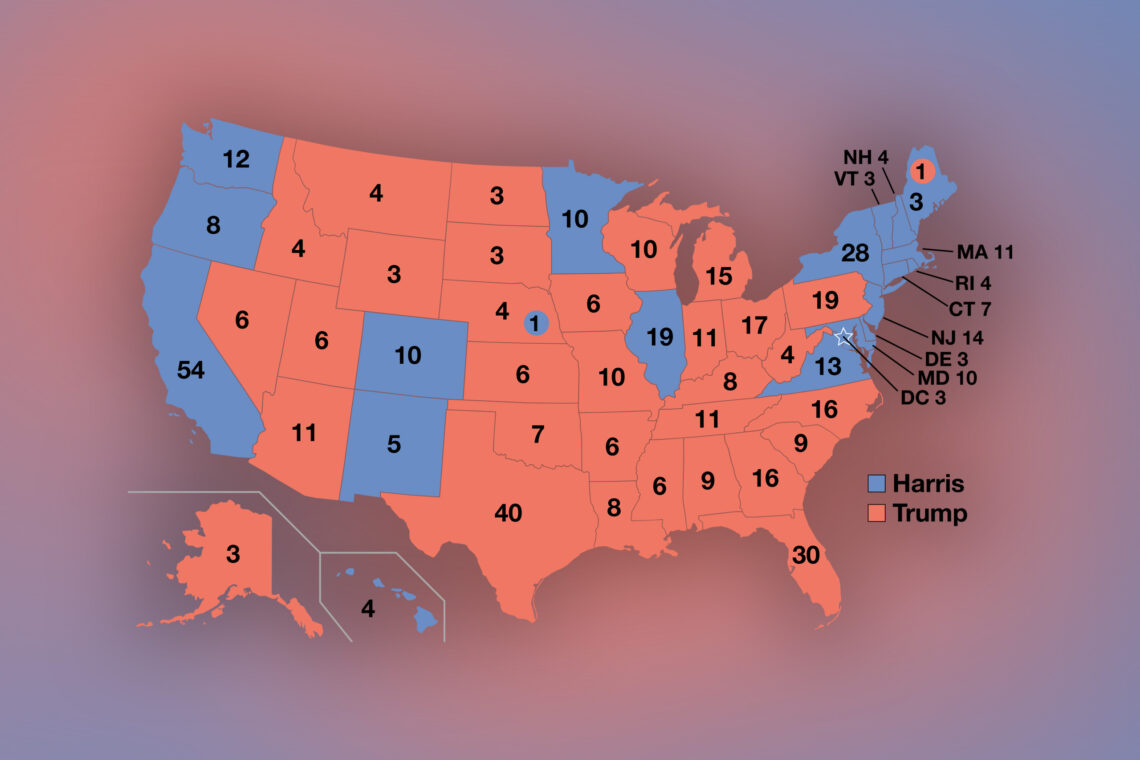After reading Jonathan Bloom’s splendid book Paper Before Print: The History and Impact of Paper in the Islamic World, published more than a decade ago, I now think that there is a close relationship between Islam as we know it and the discovery of paper by Arabs in the 8th century. I also understand why natives of Tangier in Morocco call paper “kaghit.” Since it was the Chinese who invented paper some 2000 years ago, the Muslims who conquered Central Asia in the 8th century used that term, which was borrowed from the Persian kaghaz, itself originating from the Chinese guzhi.
The Muslims adopted paper with gusto and the technology of papermaking soon spread in Iraq, Syria, Egypt, North Africa and Spain. Europeans learned papermaking from the Moors who established the first paper mills in Spain. Paper eventually facilitated the printing process that was started by Johann Gutenberg in 15th-century Germany.
According to Muslim sources, the first Muslim paper mill was established in 8th century Baghdad either by the Abbasid caliph al-Mansur or by Harun al-Rashid. Regardless of who claims the honor, the use of paper soon led to the establishment of a Stationers’ Market (Souk al-Warraqeen). By the 12th century, according to one account, the Moroccan city of Fez had some 472 paper mills. No wonder papermaking has been associated with Arabs and Arabic. When one talks about “reams” of paper, one is using an Arabic term—rizma, which means bundle—via the Spanish resma and Old French rayme.
The discovery of paper by Arabs led to a major revolution in human civilization. Until then, most documents outside Asia were written on parchments (dried animal skins) or papyrus rolls—both laborious and expensive processes. Paper was easier to use. The Abbasids lost no time in making use of it to enhance their standing among world civilizations. They established a House of Wisdom (bayt al-hikma), commissioned the translations of foreign works in Greek, Hindu and Persian, wrote down the Hadith and codified Islamic law from what had been a mostly oral tradition. Libraries grew and played a major role in the dissemination of knowledge. The Shiite dynasty of the Fatimids in Egypt had an annual budget for library collections and activities.
Muslims introduced paper to Europe via Spain but soon lagged behind in both papermaking and printing. By the 16th century, papermaking was practically non-existent in the Islamic word, except in Turkey, India and Iran. No European in the 19th century could have guessed that papermaking was once a thriving industry in many parts of that world. In fact, Egypt, long associated with papyrus, had none left. The plant papyrus ceperus that grows on the Nile Valley had died out. It was the French who reintroduced it to Egypt from their botanical gardens in 1872!
Although Muslims cherished the use of paper in the early Middle Ages, they exhibited none of that enthusiasm for printing. Because it may have been a threat to the ulama (religious scholars), copyists, and calligraphers, Ottoman rulers forbade printing in Arabic because it was the sacred language of the Koran, forgetting that the Abbasids had no compunction using paper as soon as it became available. It may be true that writing impairs memory—and that writing could only be used as a mnemonic device—but printing, as the scholar Dan Diner remarked in his book Lost in the Sacred: Why the Muslim World Stood Still, embodied many of “the hallmarks of an incipient modernity,” just as paper did for the Abbasids in the 8th century. It was Ibrahim Muteferrika (born in the 1670s), a Unitarian Christian educated in Europe before converting to Islam, who was the first to establish a press in Turkey. But it was a short-lived experience. Because of such taboos, the first Koran in Arabic was published by Christians. It was only when lithography was invented in Germany in the late 18th century that some of the objections to printing the Koran were tempered.
It is hard to overestimate the importance of paper in the making of Islamic civilization—indeed in the making of Islam itself. Until the 8th century, Arab traditions were transmitted orally. Poetry is a good example. Poems circulated and were constantly transformed and embellished by memorizers. It was more of a creative process than one obsessed with the authenticity of originals. By the time these poems were written down centuries later, one had no way of knowing what the original was.
Like everything else, the Koran was also written down on paper around this time. We have read about early versions being commissioned soon after the Prophet’s death in 632 and how Caliph Uthman ordered the destruction of a number of Koranic versions to keep one only, but such claims make one wonder how such texts could have been written and destroyed with such ease before the discovery of paper. Koranic parchments from the 7th century discovered in Yemen suggest that changes to the text were written on top of previous ones, as happens in any palimpsest document. One would have expected further changes when the Koran was written down on paper for the first time because, among other things, the use of paper dictated somewhat what Arabic scripts would be used.
Having read a good number of books reinterpreting the rise of Islam in the last few years, I am inclined to think that the Koran, like everything else in the Islamic tradition, was written around this time. It was an attempt, as was the case with the Sunna (Prophet’s ways) and the Sharia (holy law), to codify a fluid oral tradition or one that may have existed in rare manuscript form (as in the Yemeni parchments). The name of the Koran itself is proof that Islam was meant for an oral culture. Koran means that which is recited aloud, not a book that is read quietly. How could such a title be given to a book (kitab) as stated in the Koran? This is a most intriguing contradiction, but one that is ultimately revealing.
The first Koranic revelation to the Prophet says: “Recite in the name of thy Lord/Who taught by the pen/Taught man what he knew not.” But what was meant by the “pen” in this passage revealed in the early 7th century? Some have speculated that it may have meant a “shaft of light,” but this explanation doesn’t help us much. What I think happened is quite simple. When people wrote down the oral tradition of the Koran on paper, they added and embellished, just as they did with poetry, reflecting the culture of their age, not that of illiterate Arabia. Versions of the Koran may have existed in the 7th and 8th centuries, but is it surprising that “the oldest securely dated or datable manuscripts were not produced until the ninth century”?
This is, at any rate, the tentative conclusion I have reached after reading Bloom’s book. The author’s intent in his magisterial sweep of history is to restore Muslims to their proper place in the making of civilization. For without the use of paper, Europeans would have been unable to do much. But what this reading also confirms to me is that without paper, Islam would not have been what it is today. That’s because everything we know about Islam and its Prophet from Muslim sources date more or less from this Abbasid period. We have almost no independent means of corroborating the Sunna. Bloom himself hints at this when he says: “The eventual success of the text-focused Sunni society that evolved under the patronage of the Abbasid caliphs of Baghdad in the ninth century has encouraged scholars to paint a monolithic picture of early Islam at variance with the evidence gleaned from other sources.” The few non-Muslim literary sources that are available do suggest a different picture of the rise of Islam.
In any case, whatever path one pursues in this quest for the true story of Islam, one thing is clear: It has to involve the discovery and impact of paper.




Comments are moderated by the editor and may not appear on this discussion until they have been reviewed and deemed appropriate for posting. All information collected is handled in a manner consistent with our privacy policy.